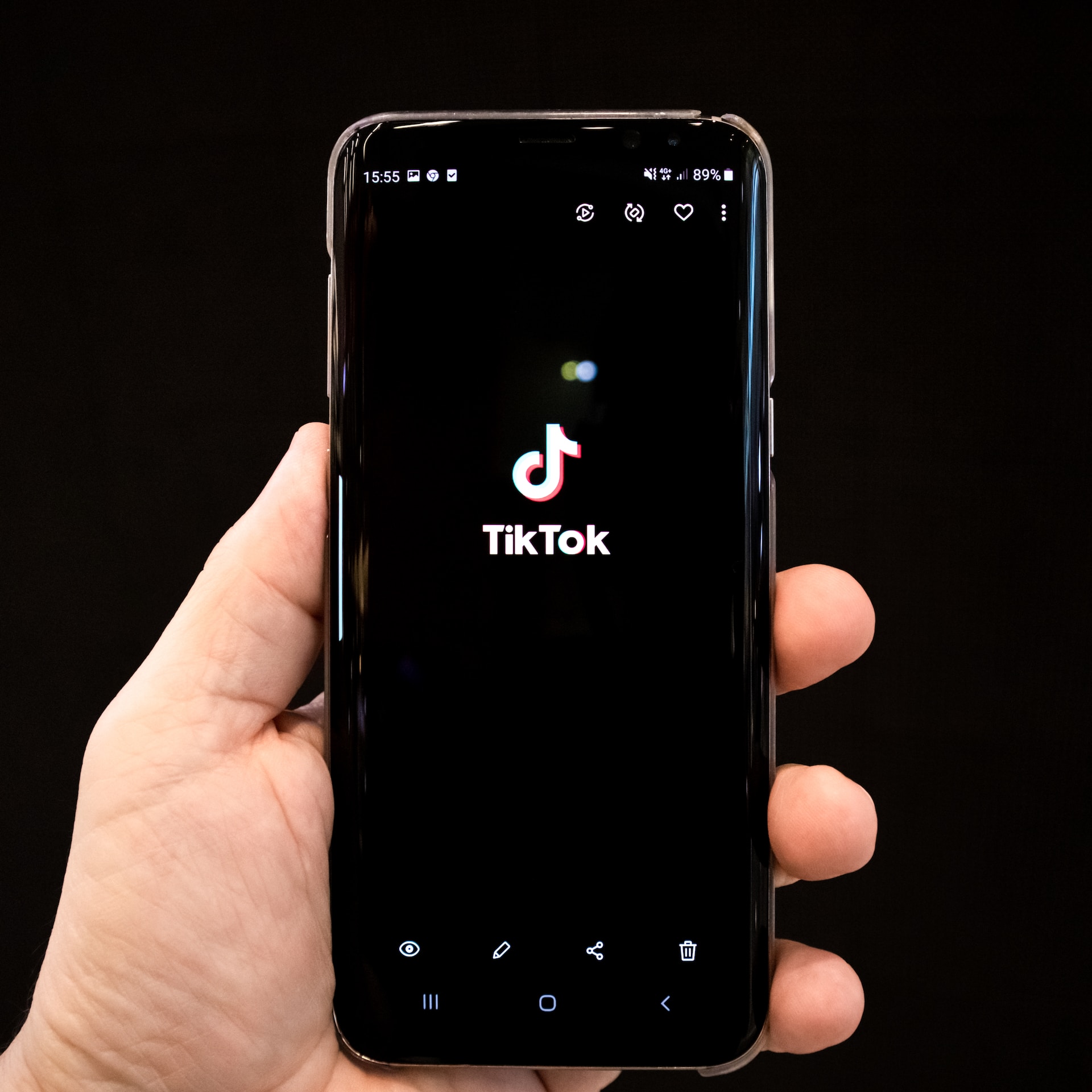Introduction
The streaming landscape is a fiercely competitive and rapidly evolving industry, and even entertainment giants like Disney are not immune to its challenges. In a surprising move, Disney recently made headlines by announcing a substantial $1.5 billion writedown, primarily due to the removal of specific programs from its streaming platform. This decision has sent shockwaves through the industry and raised important questions about the complexities and risks inherent in the world of streaming. In this article, we will explore the challenges faced by Disney and the broader implications for the streaming landscape.
The Evolution of Streaming Services
The Rise of Streaming Platforms
Over the past decade, streaming platforms have revolutionized the way we consume media. Services like Netflix, Amazon Prime Video, and Disney+ have reshaped the entertainment landscape, offering on-demand access to a vast library of movies, TV shows, and original content. This shift has disrupted traditional media distribution channels and forced industry players to adapt to changing consumer preferences.
Disney’s Ambitious Entry into Streaming
Recognizing the potential of the streaming market, Disney launched its own platform, Disney+, in 2019. With an impressive catalog of beloved franchises like Marvel, Star Wars, and classic Disney animations, Disney+ quickly gained traction and amassed a large subscriber base. It seemed that Disney had found a way to leverage its rich content library to compete in the streaming arena.
The Writedown and Program Removals
Understanding the Writedown
The recent $1.5 billion writedown by Disney has caught many by surprise. This significant financial adjustment reflects the impact of removing certain programs from the Disney+ platform. While it may seem counterintuitive to write off such a substantial amount, there are underlying factors that contribute to this decision.
Factors Behind Program Removals
Program removals can be attributed to various factors, including licensing agreements, content availability, and strategic considerations. Streaming services like Disney+ rely on securing content rights from studios and production companies. However, as licensing agreements expire or change, streaming platforms may need to remove certain programs from their libraries. This can result from negotiations, cost considerations, or shifts in the strategic direction of the platform.
Market Response and Implications
The news of Disney’s program removals and subsequent writedown has triggered speculation and discussion within the industry. Analysts and experts are examining the implications of this decision and what it means for Disney’s streaming strategy. The market response will undoubtedly influence future content decisions and the overall direction of Disney+ as it competes in the streaming landscape.
Challenges in the Streaming Landscape
Content Licensing and Costs
One of the biggest challenges for streaming platforms is securing content licensing agreements. These agreements can be complex and costly, especially for platforms aiming to offer a diverse range of popular and exclusive content. Negotiating and renewing these agreements require significant investments of time, resources, and capital.
Balancing Content Acquisition and Original Productions
Streaming platforms face the ongoing challenge of striking the right balance between acquiring licensed content and investing in original productions. While licensed content provides immediate access to popular programs and movies, original productions help platforms stand out from the competition and create unique brand identities. However, producing original content involves higher costs and risks.
Competitive Landscape and Subscriber Retention
The streaming landscape is becoming increasingly crowded, with new platforms entering the market regularly. This intense competition puts pressure on established players like Disney to continually innovate, improve user experiences, and offer compelling content to retain subscribers. Subscriber retention is crucial for long-term success and requires continuous investment in content, technology, and customer engagement strategies.
Conclusion
Disney’s decision to take a $1.5 billion writedown due to the removal of programs from its streaming platform highlights the challenges faced by even the largest players in the streaming landscape. Content licensing, balancing content acquisition with original productions, and fierce competition are just a few of the hurdles that streaming platforms must navigate. As the industry continues to evolve, strategic decision-making and adaptability will be crucial for streaming services to stay relevant and thrive in a highly competitive market.










